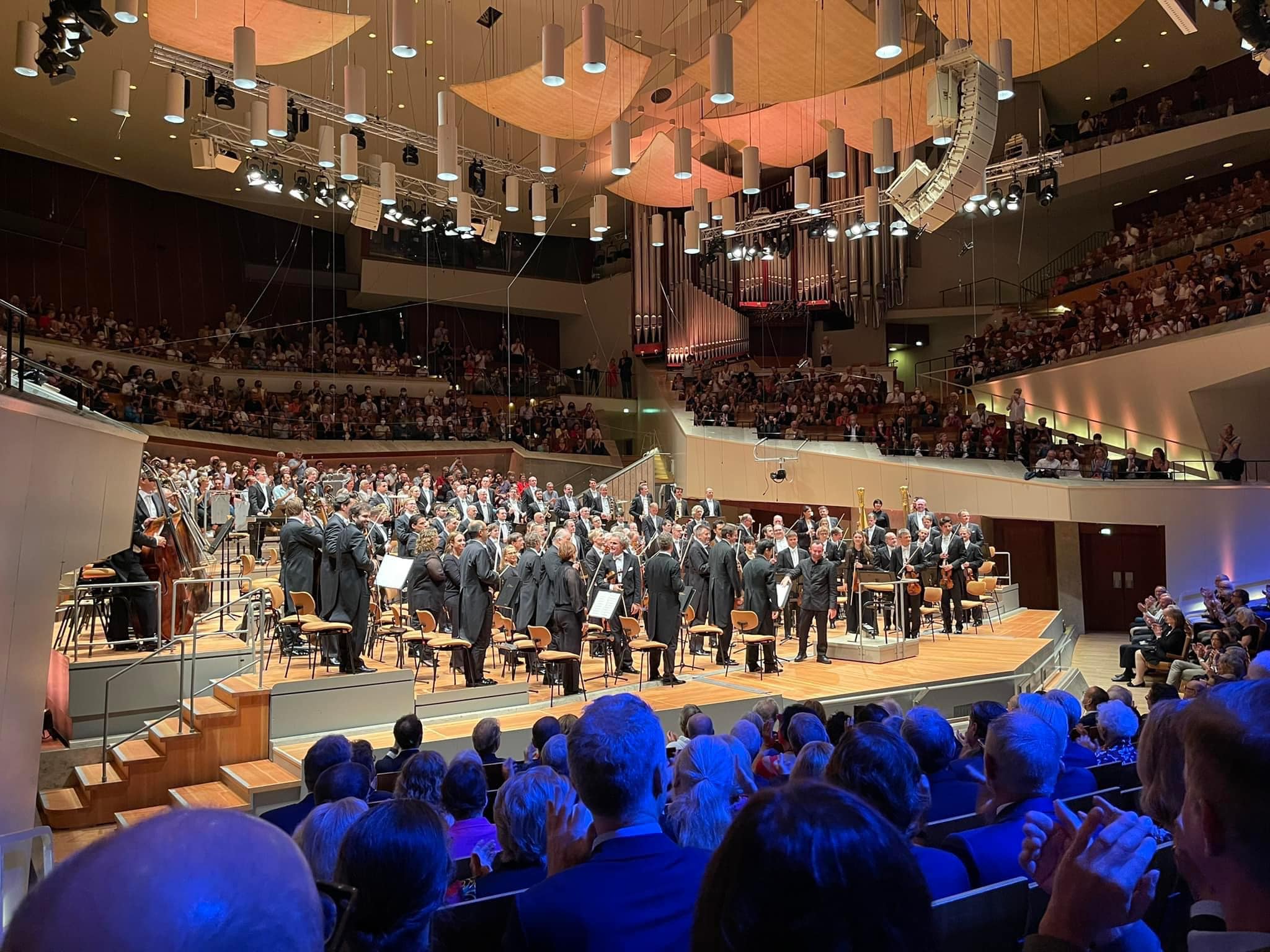Getting Brahms in the gut
NewsThe Dudok Quartet of Amsterdam are claiming to be the first to record the Brahms quartets on gut-strings, aiming to achieve the sound the composer would have known.
‘We took a dive into 19th-century performance practice and embraced the liberties granted by a flexible tempo rubato and the use of portamenti,’ says cellist David Faber, ‘and we experienced new dimensions in Brahms’s music every time we submerged ourselves in it. So we want to encourage our audience to listen again and share the experience of finding new paths in his musical labyrinth.’
The set is released next month on Rubicon Classics.






The lauded live Jurowski Mahler 8 recorded at the RFH in 2017 is out. The LPO playing is top notch, but a weak Una poenitentium ruins it. Nobody has come anywhere near Lucia Popp and Rene Kollo on that Solti recording. Not many reviews around yet, Norman?
A strange addition to a thread about a string quartet.
Interesting.
Also interesting: one time a string quartet played one of his quartets for the composer, who lauded the interpretation. But he added: ‘Last week there was here the X quartet, who did this same quartet totally differently, but also that rendering was very good’. In other words: he allowed for subjective interpretation, not wanting to fix only one certain version of performance.
Very interesting indeed. I will give a chance to the Dudok Quartet and buy the recording, even if I have already more versions of the quartets than it is ‘necessary’ to have, but none with gut strings (by the way, in Beethoven gut strings were for me a disappointment).
Mr. Borstlap’s comment points to how rich real music is. Compare for example Brahms’ Klaviersonate f-moll with Stockhausen’s Klavierstück V – while the former has inexhaustible interpretative possibilities, the latter can be played only in two ways, that is right or wrong based on the score.
A very apt observation.
The reason is that the Stockhausen piece can only be rendered, not interpreted, because the subjective aspect of performaning such piece consists only in timing and dynamics, different ways of playing it don’t make any difference, a player cannot do anything with it apart from making the sounds.
Sonic art does not have an ‘inbuilt’ psychological layer, it’s mere sound. That can be interesting, but music is something very different….